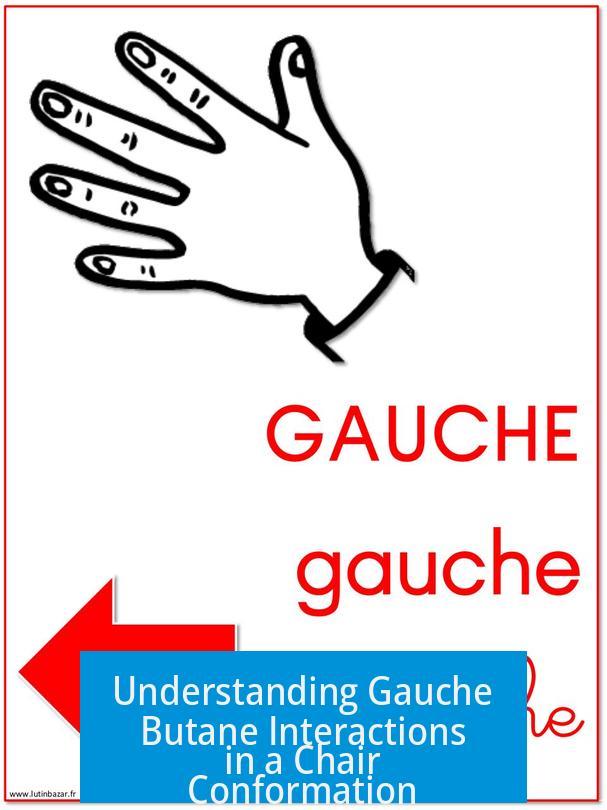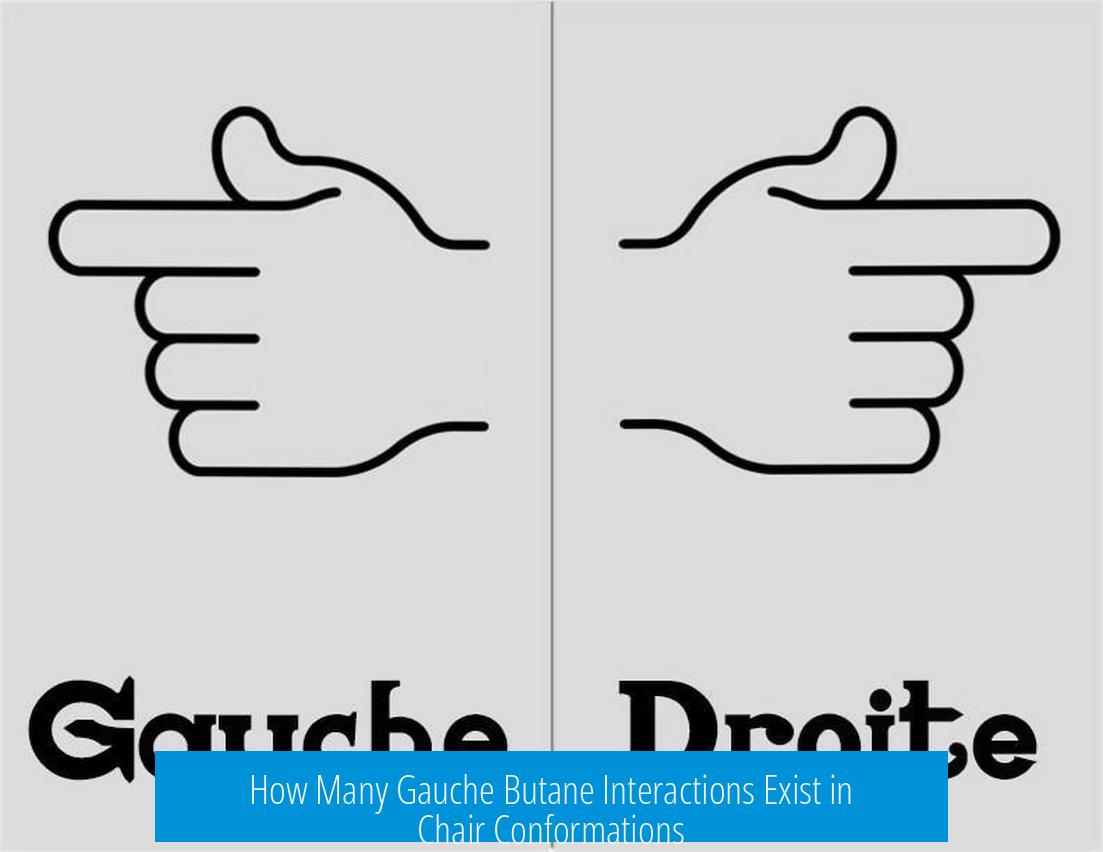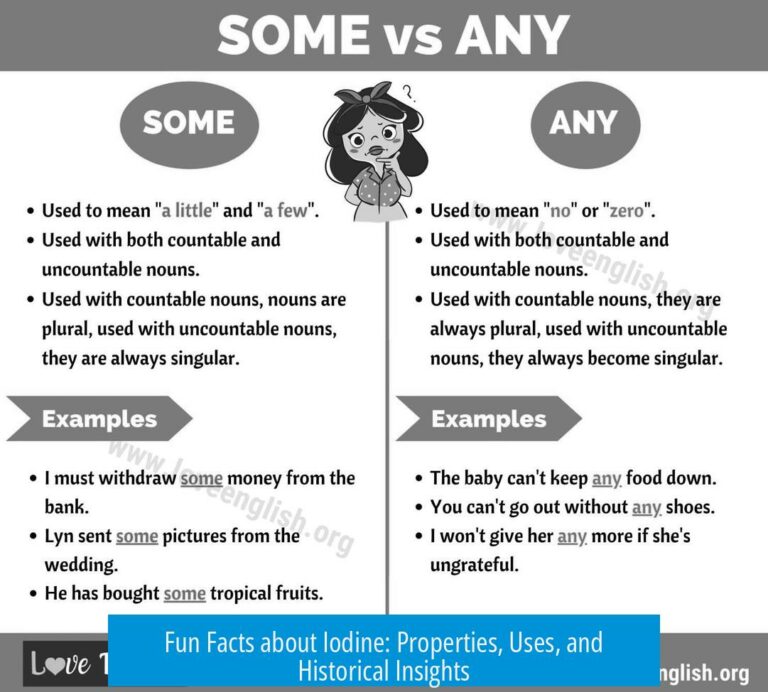Understanding Gauche Butane Interactions in a Chair Conformation

In a chair conformation, the number of gauche butane interactions depends on the spatial arrangement of substituents on adjacent carbons. Typically, in cyclohexane chair forms, there are either one or two gauche interactions present between substituents positioned with 60° torsional angles.
What Is a Gauche Butane Interaction?
A gauche butane interaction refers to a steric interaction occurring between two substituents separated by a 60-degree dihedral angle. These are less stable than anti interactions but more stable than eclipsed ones. Identifying these interactions helps in understanding conformational strain and molecular stability.
Using Newman Projections to Identify Gauche Interactions
Determining gauche interactions in a chair conformation requires visualizing the relative positions of groups on adjacent carbons. One effective approach is to:
- Draw a Newman projection looking down the bond connecting two adjacent carbons in the ring.
- Include all substituents, including implied hydrogens, for accuracy.
- Identify if any groups are staggered but angled at approximately 60°, indicating a gauche relationship.
This method simplifies locating gauche butane interactions by focusing on torsional angles rather than the entire 3D molecule at once.
Counting Gauche Interactions in Chair Conformations
Chair conformations of cyclohexane minimize torsional strain by positioning most substituents in staggered conformations. However, certain substituents may still be gauche to each other:
- Gauche interactions only occur between adjacent carbons.
- With three or more substituents, multiple gauche contacts can occur.
- Typically, you may observe one or two gauche butane interactions depending on substituent placement.
For example, a methyl group on carbon 1 and one on carbon 2 may have one or two gauche contacts depending on axial or equatorial positions of groups around them. The exact count should be confirmed via precise Newman projections or molecular models.
Visualization Techniques and Physical Models
Visualizing hydrogens and substituents helps anticipate gauche interactions. Using molecular model kits also aids understanding by allowing physical manipulation of bonds to explore conformations and steric relationships.
Key Takeaways
- Gauche butane interactions exist between substituents 60° apart in Newman projections.
- In chair conformations, typically one or two gauche interactions occur among adjacent substituents.
- Drawing Newman projections or using molecular models facilitates identification of these interactions.
- Careful analysis of substituent positions (axial vs. equatorial) is essential for accurate counting.
How can I determine the number of gauche butane interactions in a chair conformation?
Draw the molecule as a Newman projection first. This helps visualize the spatial relationships of substituents. Check adjacent groups for 60° torsional angles indicating gauche interactions.
How many gauche butane interactions typically appear in one chair conformation?
Usually, you find one or two gauche butane interactions. These occur between adjacent groups that are close but not fully eclipsed. It depends on which substituents sit next to each other in the ring.
Why is there a limit on the number of gauche interactions in a chair conformation?
Each gauche interaction involves two groups on adjacent carbons. Since only a few substituents meet this criterion, the number of gauche interactions remains low, often one or two per chair form.
What role do physical models play in identifying gauche butane interactions?
Using a model kit can help count interactions by letting you see spatial arrangements. Physically rotating the model reveals which groups are gauche and their positions relative to each other.
Is the term “gauche” related to its chemical meaning?
Yes, “gauche” means “left” in French and suggests bent or awkward angles. In chemistry, it describes when groups sit at a 60° angle, creating steric hindrance not seen in fully staggered or eclipsed forms.





Leave a Comment